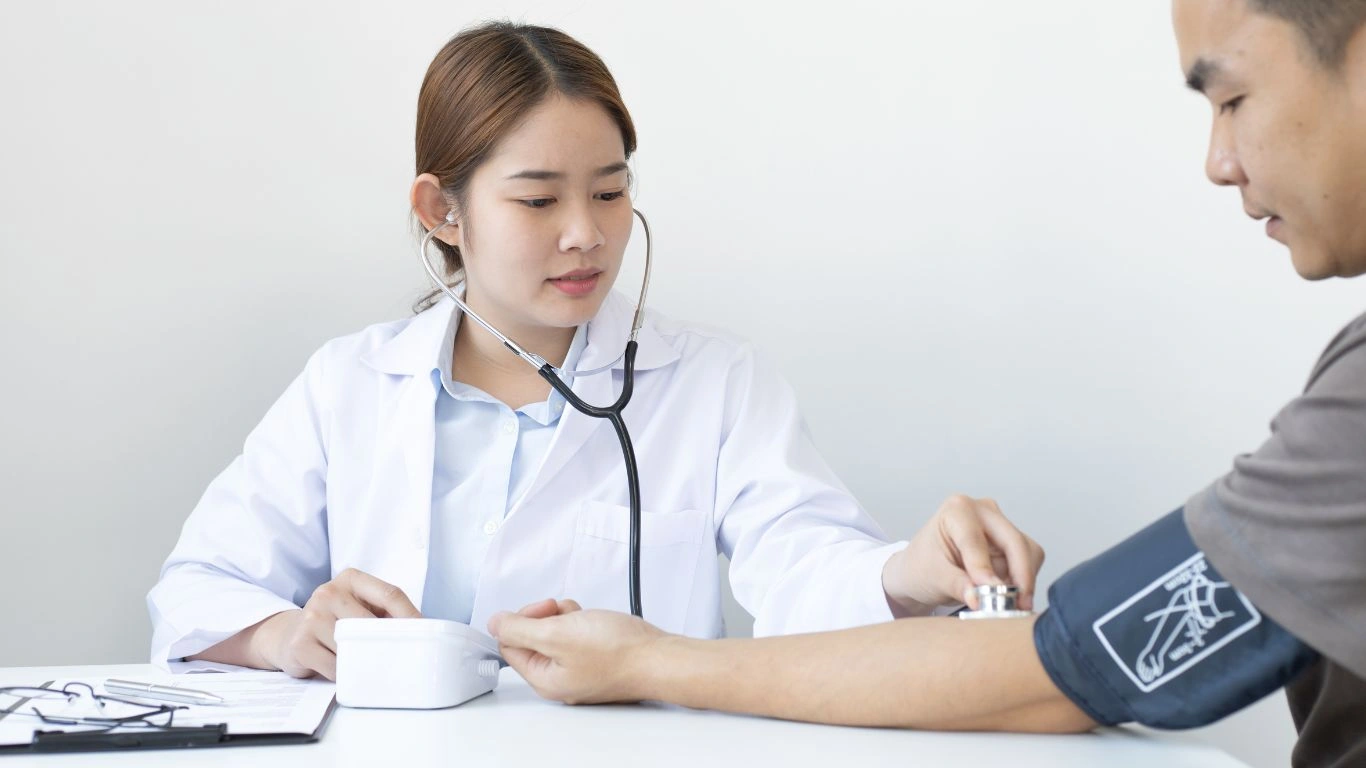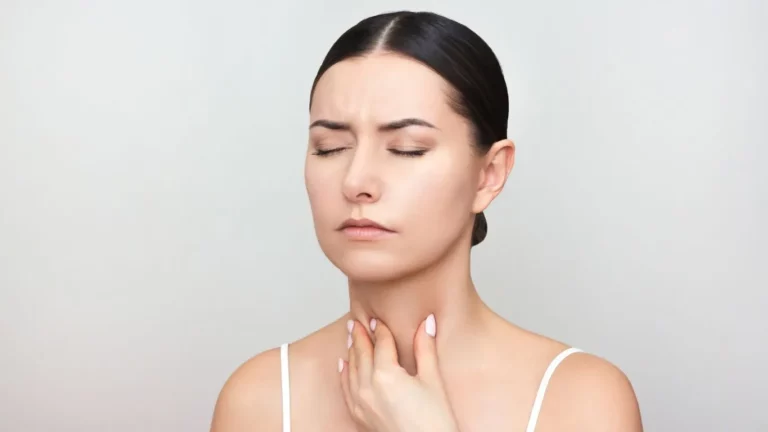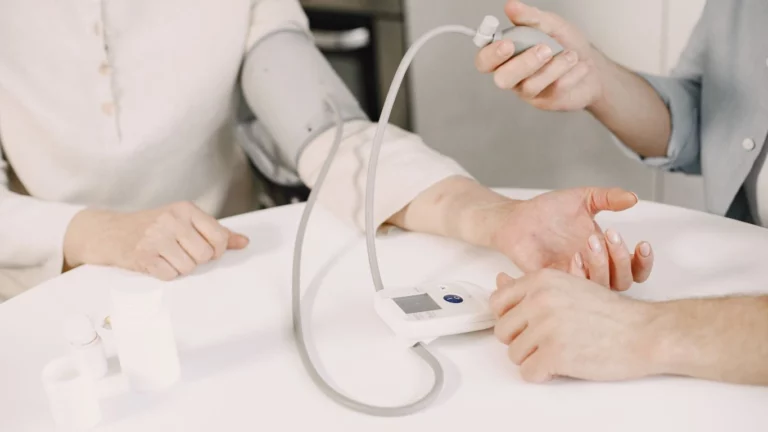Are Rice Cakes Good or Bad for High Blood Pressure? Find Out Now!
As an Internal Medicine Physician specializing in hypertension management, I often get questions from patients about their diets, especially when it comes to everyday snacks. One question that frequently comes up is: *Are rice cakes okay for high blood pressure?* As simple as rice cakes seem, they might not always be the best choice for individuals managing high blood pressure. But don’t worry, I’m here to break down the details, answer this question, and help you make the best choices for your heart health. Let’s dive right in.
Understanding High Blood Pressure: What You Need to Know
Before we get into the specifics of rice cakes, it’s important to understand how high blood pressure, or hypertension, works. High blood pressure occurs when the force of your blood against the walls of your arteries is consistently too high. Over time, this can cause serious health problems, including heart disease and stroke. As someone who’s spent years helping patients manage hypertension, I can tell you that controlling your blood pressure through diet is one of the most powerful tools in your arsenal.
One of the primary strategies I recommend to my patients is focusing on a heart-healthy diet—low in sodium, rich in potassium, and full of fiber. You may already know that processed foods, which are often high in sodium, are not ideal for managing blood pressure. But what about those snacks that seem harmless, like rice cakes?
What Are Rice Cakes Made Of?
Rice cakes are typically made from puffed rice that is compressed into a disc shape. They’re low in calories, which is why many people turn to them as a light snack. The puffing process involves heating rice kernels under pressure, causing them to expand and take on a crispy texture. Sounds pretty harmless, right?
Well, while rice cakes might seem like a healthy option at first glance, they can be a bit more complicated when it comes to managing high blood pressure. Here’s why:
Are Rice Cakes Good for High Blood Pressure?
Now, let’s get to the core of the question: *Are rice cakes okay for high blood pressure?* The answer isn’t as straightforward as a simple yes or no. It really depends on the type of rice cake and what you’re eating it with.
On the surface, rice cakes might seem like a reasonable option for a low-calorie snack, but here’s where things get tricky: Most rice cakes on the market today are highly processed and often contain added sodium. This is where you need to pay attention—because sodium can significantly raise your blood pressure over time.
The Hidden Sodium in Rice Cakes
Rice cakes that are flavored (like those with salt or cheese) or pre-packaged can have surprisingly high amounts of sodium. For someone with high blood pressure, even small amounts of extra salt can make a big difference. I’ve had patients tell me they were eating rice cakes every day, thinking they were making a healthy choice, only to find out that the sodium was adding up and contributing to their hypertension.
If you’re managing high blood pressure, you should always check the nutritional label before purchasing rice cakes. Opt for varieties that are unsalted and free from added preservatives or other high-sodium ingredients. It’s also worth noting that while rice cakes themselves are low in fat, they don’t offer much nutritional value in terms of vitamins or minerals.
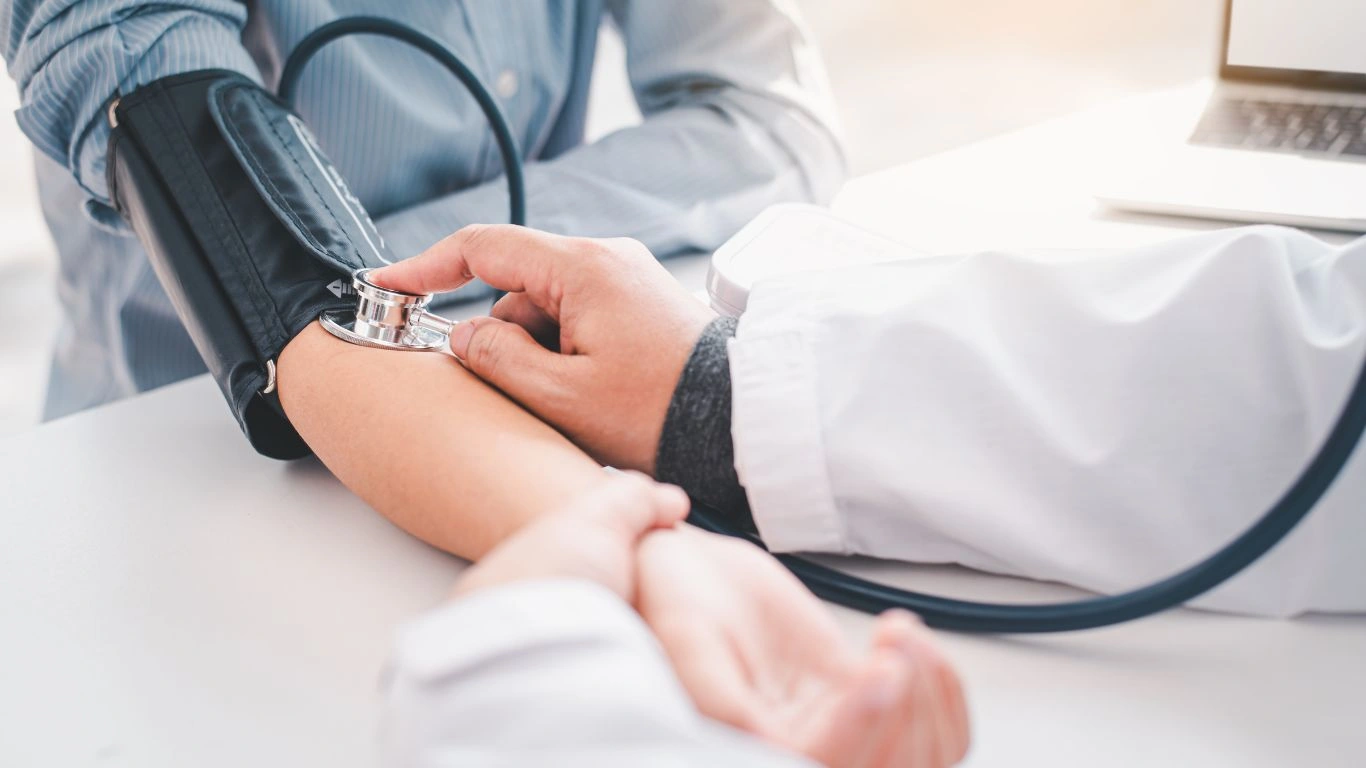
The Role of Carbohydrates and Glycemic Index in Blood Pressure
Another factor to consider when eating rice cakes is their carbohydrate content. Rice cakes are made primarily from rice, which is a high-glycemic food. The glycemic index (GI) measures how quickly a food raises blood sugar levels after consumption. High-GI foods, like rice cakes, can cause a rapid spike in blood sugar, which can, over time, increase the risk of developing conditions like Type 2 diabetes—a major risk factor for heart disease and high blood pressure.
If you’re someone with hypertension, you may want to consider the overall impact of high-GI foods on your health. Eating foods that cause spikes in blood sugar can trigger an inflammatory response in your body, leading to further complications for your heart and arteries.
How Rice Cakes Can Affect Your Blood Sugar
Let’s talk about rice cakes in the context of blood sugar. Since rice cakes are primarily made from white rice, which has a high glycemic index, they can cause a rapid increase in your blood sugar levels. This might seem like a small issue, but over time, it can lead to insulin resistance and other problems that negatively impact heart health.
For someone managing high blood pressure, controlling blood sugar is critical. A diet high in processed carbohydrates and sugar can exacerbate the situation. So while rice cakes might seem like a light snack, they may not be the best option when you need to prioritize stable blood sugar and heart health.
Are There Healthier Alternatives to Rice Cakes?
If you love the crunch of a rice cake but want a healthier option, there are alternatives you can consider. Look for rice cakes made from whole grains like brown rice, quinoa, or even buckwheat. These whole grains have a lower glycemic index and provide more fiber, which is beneficial for both heart health and blood pressure management.
- Brown rice cakes: These offer more fiber and nutrients compared to regular white rice cakes.
- Quinoa cakes: A great alternative packed with protein and fiber.
- Vegetable crisps: Made from whole vegetables, these provide additional nutrients and lower glycemic impact.
Remember, it’s all about making informed choices. While rice cakes aren’t necessarily a “bad” snack, their effects on blood pressure can vary depending on their ingredients and how often they’re consumed.

Conclusion: Should You Eat Rice Cakes if You Have High Blood Pressure?
To sum it up, rice cakes can be part of your diet, but it’s essential to consider what you’re buying and how often you eat them. If you’re managing high blood pressure, choosing unsalted varieties made from whole grains and watching your overall sodium intake is key. And, as always, when it comes to snacks, it’s best to focus on a variety of heart-healthy options that support your blood pressure and overall well-being. Stay informed and always check the label!
The Impact of Sodium on Hypertension
As we continue exploring the question of whether rice cakes are okay for high blood pressure, it’s important to dive deeper into the role that sodium plays in blood pressure regulation. Sodium is one of the biggest culprits when it comes to managing hypertension. It’s easy to overlook the sodium content in foods that seem “harmless,” like rice cakes, but trust me, it can add up quickly!
For those of us managing hypertension, reducing sodium intake is one of the most effective ways to lower blood pressure. The general recommendation is to aim for less than 2,300 milligrams of sodium per day, and ideally, under 1,500 milligrams, especially for those who are at a higher risk of heart disease. But here’s the kicker—processed foods, even ones as simple as rice cakes, can contain high amounts of sodium.
How Sodium Affects Blood Pressure
When you consume too much sodium, your body holds on to extra water to balance out the increased salt levels in your bloodstream. This additional water increases the volume of blood circulating in your system, which means your heart has to work harder to pump blood. This puts more pressure on your arteries, contributing to high blood pressure.
I always remind my patients that hypertension isn’t just about the numbers on your blood pressure monitor—it’s about the overall health of your heart and blood vessels. Excessive sodium can cause damage to the arterial walls, making them stiffer and less flexible over time. This can lead to even greater cardiovascular risks. So, if you’re trying to manage your blood pressure, keeping sodium in check is critical. Now, when it comes to rice cakes, it’s not just the amount of sodium but the frequency with which you consume them that matters.

Reading Labels: Key Tips for Choosing Healthy Rice Cakes
It’s time to talk about how you can make better choices when it comes to buying rice cakes. I know, I know—it’s easy to grab a bag off the shelf without paying much attention to what’s inside, especially when the packaging claims to be “low fat” or “natural.” But if you’re managing hypertension, reading the nutrition label is essential. Don’t just trust the buzzwords on the front; flip the package over and get the full picture of what you’re about to eat.
What to Look for on the Label
First and foremost, check the sodium content. Even if a rice cake doesn’t taste salty, it could still be packed with sodium. I recommend looking for brands that offer less than 50 milligrams of sodium per serving, which is a good goal to aim for. If the sodium content is higher than that, consider it a red flag and look for a better option.
Next, check the ingredients list. The fewer ingredients, the better. If you see any artificial additives, preservatives, or other chemicals, consider these unnecessary fillers. Ideally, you want to see simple, natural ingredients like puffed rice and maybe a small amount of seasoning—nothing too complicated. If you spot ingredients like “hydrogenated oils” or “high fructose corn syrup,” put that bag back on the shelf. Trust me, it’s not worth it.
How to Choose Rice Cakes Without Added Sugar or Harmful Additives
Another thing to keep an eye on is the sugar content. Although rice cakes are generally low in sugar, some flavored varieties—especially those with toppings like caramel or chocolate—can sneak in added sugar. And as you may know, excessive sugar consumption can contribute to blood pressure spikes. It’s one of those hidden dangers that sneaks up on you, especially if you’re having several rice cakes throughout the day.
If you love the flavor of rice cakes but want to keep things healthy, try going for plain or lightly seasoned options. You can always add your own toppings, such as a dollop of unsweetened almond butter or a sprinkle of cinnamon for a natural burst of flavor without the extra sugar. This way, you get the crunch you crave without the added risks.
The Glycemic Index: A Factor in Blood Sugar and Hypertension
As we discussed earlier, rice cakes are made from puffed rice, which is a high-glycemic food. So, what does this mean for your blood pressure? Well, foods with a high glycemic index (GI) can cause rapid spikes in blood sugar levels. This, in turn, can lead to increased insulin levels, which can exacerbate inflammation and contribute to higher blood pressure over time.
In my experience, many patients are surprised to learn about the relationship between blood sugar levels and hypertension. Managing blood sugar is often an overlooked aspect of hypertension care, but it plays a significant role in heart health. A diet high in high-GI foods can lead to insulin resistance, which increases the likelihood of developing Type 2 diabetes—a condition that often accompanies hypertension.
Why the Glycemic Index Matters for Your Heart
If you’re concerned about high blood pressure, you might want to minimize foods that cause large blood sugar spikes, like rice cakes made from refined white rice. The glycemic index isn’t always a deal-breaker, but it’s definitely something to keep in mind. If you’re craving that crunch, consider switching to whole-grain rice cakes or snacks that are lower on the glycemic index. Foods like quinoa, barley, and whole oats have a more gradual effect on your blood sugar and are gentler on your heart.
Additionally, incorporating fiber-rich foods into your diet can help blunt the rise in blood sugar. Fiber helps slow the absorption of glucose into your bloodstream, which keeps both your blood sugar and blood pressure levels more stable. You’ll find that many whole grains, including whole grain rice cakes, contain more fiber than their refined counterparts. So if you can’t give up rice cakes entirely, choosing whole grain versions can be a better choice for your blood pressure.
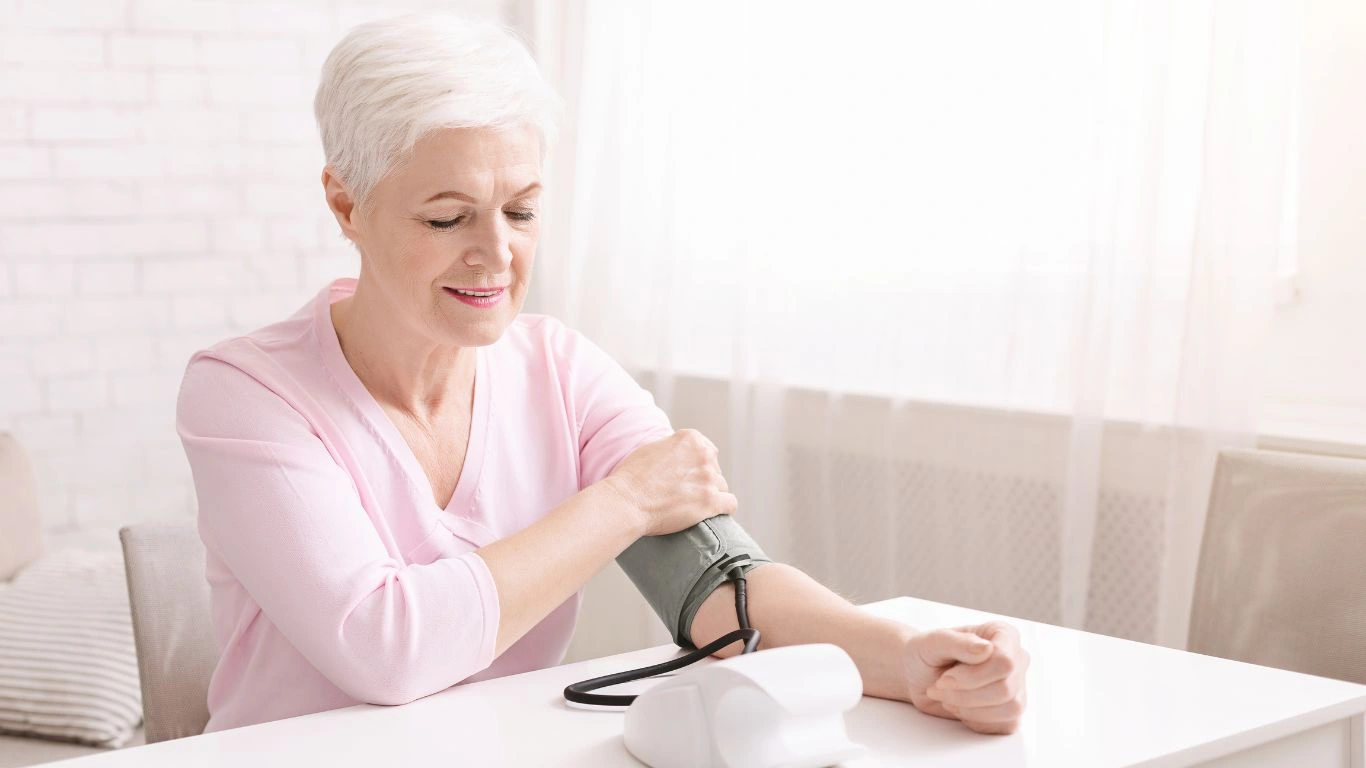
Smart Ways to Incorporate Rice Cakes into a Hypertension-Friendly Diet
Now, I know some of you might still be thinking, “Can I still enjoy rice cakes?” The answer is yes, but moderation and smart choices are key. If you’re managing high blood pressure, you don’t have to eliminate rice cakes entirely. Instead, consider pairing them with other foods that support heart health and keep your blood pressure stable. Here are a few creative ideas:
- Pair rice cakes with avocado: Avocados are packed with potassium, a mineral that helps counterbalance the effects of sodium on blood pressure. Spread a little mashed avocado on a rice cake for a satisfying, heart-healthy snack.
- Top rice cakes with nuts and seeds: Almonds, walnuts, and flaxseeds are rich in healthy fats, fiber, and magnesium—nutrients that support blood pressure regulation.
- Use them as a base for homemade dips: Instead of relying on store-bought, sodium-packed dips, try making your own hummus or guacamole to pair with your rice cakes.
The key takeaway here is that rice cakes don’t have to be the villain in your diet. With the right toppings and a little creativity, they can still be a part of a healthy eating plan for hypertension.

What Are the Best Snacks for High Blood Pressure?
At this point, you may be wondering what alternatives to rice cakes can better support your blood pressure. The good news is, there are plenty of delicious and heart-healthy snack options out there that won’t jeopardize your hypertension management. When I talk to patients, I always emphasize that snacks don’t need to be bland or boring to be heart-healthy. You just need to focus on incorporating foods that are low in sodium, high in fiber, and rich in potassium and healthy fats. Here are a few of my go-to recommendations for hypertension-friendly snacks:
1. Fresh Vegetables with Hummus
Fresh veggies, like carrots, celery, or cucumber, paired with a homemade or low-sodium hummus, are a fantastic snack choice for anyone managing high blood pressure. Vegetables are naturally low in calories and sodium, and they provide essential vitamins, minerals, and fiber. Hummus, especially when made with olive oil, adds a creamy texture and a dose of heart-healthy fats.
In my practice, I’ve often recommended this snack to patients because it’s not only easy to make but also packs a punch of nutrients. Plus, the fiber in the vegetables helps regulate blood sugar levels, which is crucial for those with high blood pressure.
2. Mixed Nuts (Unsalted)
Nuts are another great snack choice. They’re high in magnesium, a mineral that plays a key role in lowering blood pressure. Opt for unsalted varieties like almonds, walnuts, and pistachios. I recommend keeping a small handful on hand for when you need a quick snack. Just be mindful of portion sizes—while nuts are incredibly healthy, they’re also calorie-dense, so moderation is key.
Incorporating nuts into your diet has been shown to have beneficial effects on both blood pressure and overall cardiovascular health. Studies suggest that the antioxidants, fiber, and healthy fats found in nuts can help improve endothelial function (the lining of your blood vessels) and reduce inflammation, making them a great addition to a heart-healthy diet.

3. Greek Yogurt with Berries
Low-fat, unsweetened Greek yogurt is an excellent snack choice for individuals with high blood pressure. It’s rich in protein and calcium, both of which are beneficial for heart health. Pairing Greek yogurt with fresh berries like strawberries, blueberries, or raspberries adds a natural sweetness and boosts the fiber content. Berries are packed with antioxidants, particularly flavonoids, which have been shown to help reduce blood pressure levels.
I love this snack because it’s not only nutritious but also satisfying. The protein in the yogurt helps keep you feeling full longer, while the antioxidants in the berries provide a boost of heart-healthy nutrients.
4. Avocado Toast on Whole Grain Bread
If you’re craving something more substantial, try avocado toast on whole-grain bread. Avocados are an excellent source of potassium, a mineral that helps lower sodium levels in your body and supports healthy blood pressure. Whole grain bread provides additional fiber, helping to stabilize blood sugar levels.
As someone who deals with hypertension management daily, I can tell you that incorporating healthy fats like those in avocados is essential for keeping blood pressure in check. This snack is a great example of how you can enjoy a flavorful meal while still being mindful of your heart health.
What About Rice Cakes with Low Sodium Toppings?
If you’re truly a fan of rice cakes and can’t imagine giving them up, here’s the good news: there are ways to enjoy them without compromising your hypertension management. It’s all about what you add to your rice cakes. If you choose unsalted rice cakes and top them with heart-healthy options, they can be a reasonable snack choice.
Healthy Toppings for Rice Cakes
Here are some ideas for healthy rice cake toppings that won’t spike your blood pressure:
- Avocado and Cherry Tomatoes: Avocado is rich in potassium and healthy fats, and when paired with fresh tomatoes, it creates a delicious and nutritious topping for your rice cake.
- Almond Butter and Banana Slices: Almond butter provides healthy fats and protein, while banana slices add potassium, making this a satisfying and heart-healthy option.
- Low-Fat Cottage Cheese and Cucumber: Cottage cheese is an excellent source of protein and calcium, and cucumber adds crunch and hydration. This combination makes for a savory topping that’s easy to prepare.
- Peanut Butter and Chia Seeds: If you like peanut butter, opt for natural, unsweetened varieties. Add chia seeds for an extra boost of omega-3 fatty acids, which are beneficial for heart health.
By choosing the right toppings, you can still enjoy the crunch of rice cakes without adding unnecessary sodium or sugar to your diet. Just be sure to balance out the rice cakes with other nutrient-dense foods to ensure you’re getting a variety of vitamins and minerals that support overall health.
Final Thoughts on Rice Cakes and High Blood Pressure
So, *are rice cakes okay for high blood pressure*? It’s really up to you and the choices you make when it comes to selecting the right rice cakes and what you pair them with. If you choose plain, unsalted rice cakes and top them with heart-healthy ingredients, they can certainly be part of a balanced diet. However, if you’re indulging in flavored, processed varieties, the extra sodium could be doing more harm than good to your blood pressure.
Ultimately, managing high blood pressure comes down to making smart, informed decisions about your food choices. Focus on a diet rich in whole foods, like fruits, vegetables, whole grains, lean proteins, and healthy fats. And when it comes to snacks, don’t be afraid to get creative! There are plenty of delicious, nutritious options that support your heart health.
As always, I recommend working closely with your healthcare provider to develop a personalized nutrition plan that suits your needs. Everyone’s body is different, and what works for one person may not work for another. With the right knowledge and a bit of planning, you can manage your blood pressure while still enjoying your meals and snacks.
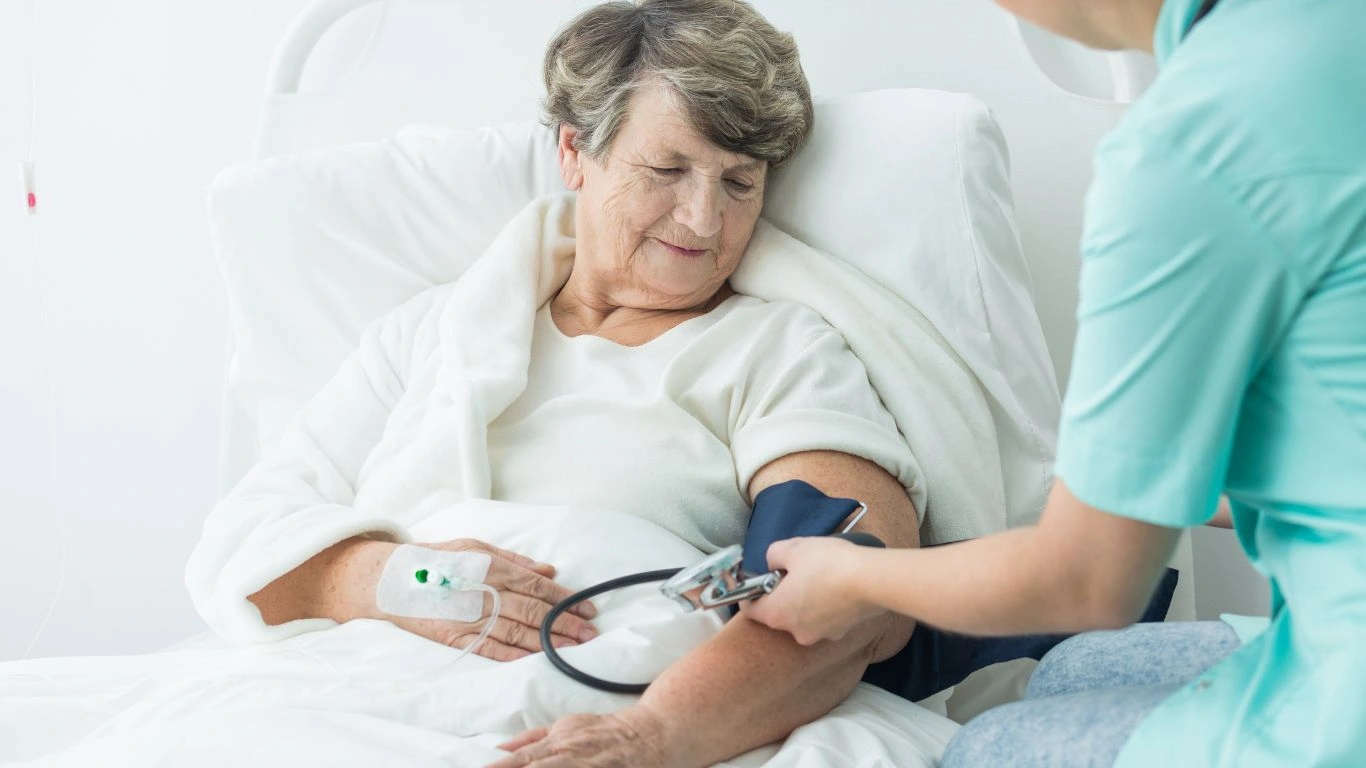
References
For more information on managing hypertension through diet, check out the following resources:
Disclaimer
The information in this article is intended for general educational purposes only. It should not be used as a substitute for professional medical advice. Always consult with your healthcare provider before making changes to your diet, especially if you are managing a medical condition such as hypertension.

Dr. Gwenna Aazee is a board-certified Internal Medicine Physician with a special focus on hypertension management, chronic disease prevention, and patient education. With years of experience in both clinical practice and medical writing, she’s passionate about turning evidence-based medicine into accessible, actionable advice. Through her work at Healthusias.com, Dr. Aazee empowers readers to take charge of their health with confidence and clarity. Off the clock, she enjoys deep dives into nutrition research, long walks with her rescue pup, and simplifying medical jargon one article at a time.
